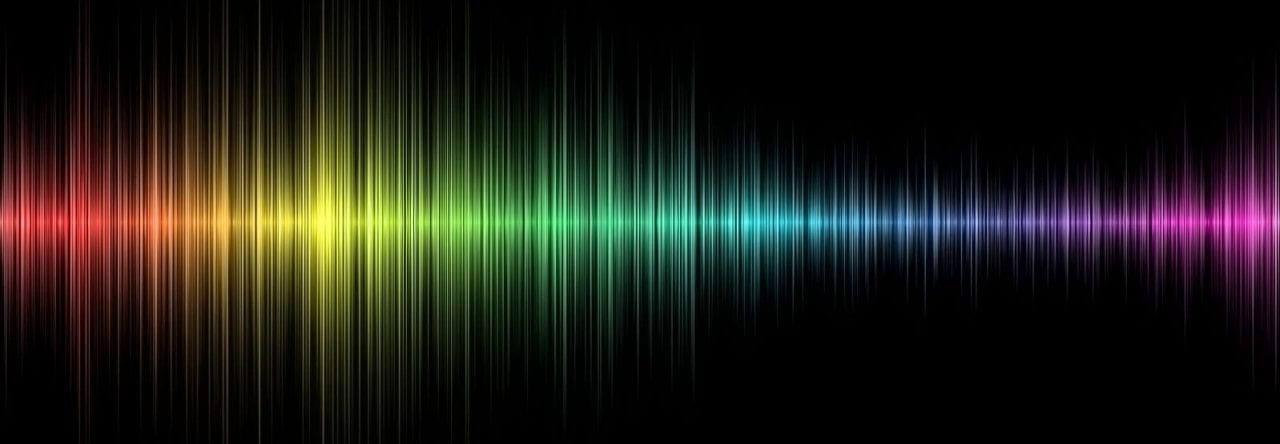The creation of this EP was an intriguing journey through the world of EDM for me, and allowed me to discover many new things which I previously had not even realized. Prior to starting this project, I had only a vague idea about how many genres were within EDM, knowing about the existence of House, Trance, Dubstep, Hardstyle, Techno and Drum & Bass initially. However, it was made abundantly clear early on that I never knew exactly how many options there were until I began to properly research it. I was pleased about finding this out, though, as it allowed me a huge choice of what genres to use for each of the songs, and gave me enough insight into each of them and their sub-genres to make educated choices based on the features I wanted to include in my songs. I narrowed down my choices into the 4 different genres I was interested in using for this EP, because that made the choice a little easier to make, ruling out the genres I did not prefer, either because I simply did not like how they sounded or because I was worried about the technicalities behind making them. In the case of this EP, my songs were either Trance or Techno songs/remixes, as they included similar instrumentations for their drum kits (most notably the ‘4 on the floor’ kick drum and the snare/claps on every second beat, as well as their use of riffs) but gave different feelings from one another to the listener, which made me curious enough to want to put this into practice.
The practical side of the EP (the sequencing, mixing and mastering) was incredibly enjoyable to do and allowed me to properly put my composing skills to the test. On the remixes, which were based on the original songs they came from (Wandering Eye and Levels respectively), it was slightly easier as I already had an idea of what the song would sound like, and simply had to create my own original version of those aforementioned songs. I thoroughly enjoyed doing these because it allowed me to create my own version of songs that I used to dream of being able to make when I was younger, so it really hit home on a personal note. Not only that, but doing the remixes also placed more emphasis on making the songs sound unique without detracting from the importance of composing the pieces from the ground up. I had to create the songs without changing the feel of them too much, which was a great challenge to try and accomplish, requiring all of my skills as a composer as well as my skills on ProTools to match the professional product I was trying to remix.
The original pieces were also a nice challenge to try and create, as I did not want to just make a remix EP based on popular EDM songs. I wanted to make sure I had some original works in there that followed a general Trance/Techno structure, including an intro, a build up or two, a drop or two, some main sections and an outro, which I believe I was successful in maintaining because I kept these sections in mind as I was designing the songs, structuring build ups with the use of steadily rising velocity in ProTools to cut most of the synths away for the drops, as well as smooth intros to slowly introduce the main sections of the songs, and outros to give each song a natural conclusion. Maintaining this structure throughout the songs with the help of research helped me to understand more about writing riffs and how to signify changes from one part to another, which helped to make my songs sound more professional after the mixing and mastering process.
In addition to the practical elements behind the aforementioned remixes, I also enjoyed creating them for my own personal reasons, thanks to the influences that inspired me throughout this project. With regards to the Levels remix I made, the artist of the original, Avicii, was a huge influence on my life from when I first discovered his songs, and was one of the reasons I wanted to do this sort of thing in the first place. I was inspired by him because I really liked his creative ability and the way his songs sounded, giving me another outlook on electronic songs which I had never considered when I was younger. Even after his passing he is still my favourite EDM artist, and I wish I had the chance to thank for his incredible work that inspired the EP I have created for this project.
And, in regards to the Wandering Eye remix, Weebl has also been a big inspiration to me as I had heard of some of Weebls songs when I was younger and listened to them on a regular basis. Listening back to some of those songs now, especially the ones produced as part of Weebl’s virtual band Savlonic, is very nostalgic for me and brings back a lot of childhood memories, dreams and aspirations, and it was those that helped propel me through this project to do the best I could and put as much effort into creating this EP as possible.













